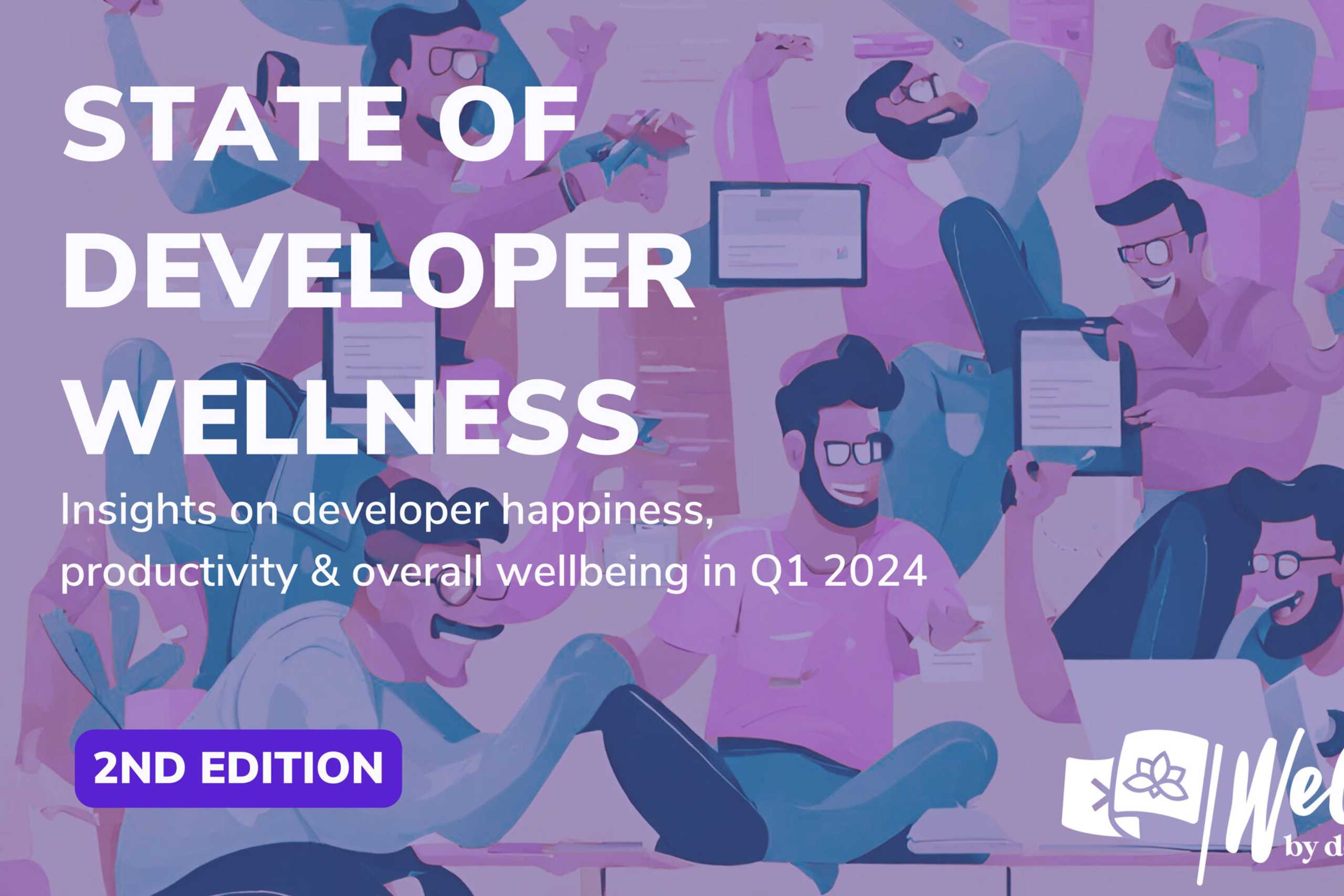
November 23, 2013
Although the debate on HTML5 versus native apps seems to be favouring native apps currently, particularly in terms of user experience and performance, average developer revenues tell a very different story. Our survey data shows the mean average revenue for developers who consider HTML5 for mobile devices their primary platform is the highest of all platforms, just over twice that of the next nearest (iOS)*. However, the rewards are very unevenly shared, with the median average revenue for the same developers under half that of their iOS counterparts. Diving into the data we can see significant differences in revenue depending on how mobile apps built with web technologies are delivered to users and the categories they target. Understanding these differences could improve your chances of succeeding with HTML5.
Apps but not App Store sales
The majority of developers using HTML5 in their businesses still prefer to deliver it via the browser, either as traditional websites, or more complex web apps. The range of deployment options for developers using web technology and their relative popularity is shown in the chart below. The data throughout this post is filtered to only include developers whose organisations earn between $1 per month and $5 million per month. There are a large number of hobbyists with no revenue who are excluded and we also exclude a small percentage of super-high earners who create large distortions in the averages.
It turns out this browser-centric preference, despite the protests of the open web advocates, is bad for business – at least in the short term. On average (mean and median) [tweetable]developers deploying their code as standalone apps earn 50% more than those delivering via the browser[/tweetable]. If we exclude apps for platform native web frameworks (e.g. Firefox OS and BlackBerry WebWorks) because these are only available on niche platforms, then the advantage rises to 70% (mean, or 100% median). If we also only look at those developers who consider HTML5 their primary platform then the difference is larger still (mean revenue per person per month of ~$77.5k for app delivery versus $21.5k for browser delivery).
A popular misconception is that the web has poor monetisation and app stores solved this. However, as we’ve shown previously, [tweetable]the more developers rely on app stores for revenue, the less they make[/tweetable]. Web developers are no exception, in fact, avoiding reliance on app store monetisation is one of the keys to their success. Amongst developers using HTML5 for mobile devices as their primary platform who gave us a revenue breakdown, 65% had no revenue at all from app stores and of those that did, a further 65% generated less than 50% of their revenue from app stores. Contrast this with those targeting iOS as their primary platform – 67% of them generate some of their revenue from app stores and for 50% of those it was more than 50% of their total. So where do these web developers make their money? A much wider range of sources – more contract work than most platforms, many more sales outside of app stores and also e-commerce.
The right tool for the job
It’s also clear that HTML5 is not suited for all types of app and while in the case of enterprise clients it seems browser based delivery is still slightly preferred, an app delivery method opens up many more opportunities. The interactive graph below compares revenues by category for browser and app based delivery methods.
Outside the Enterprise software and Maps & Navigation categories, the revenues are at least an order of magnitude higher for app based delivery in this subset of popular categories. The outsized revenues earned by business productivity software developers suggest that the consumerization of IT is making significant inroads into the enterprise and even the comfortable revenues of those who focus on (mobile) browser based delivery for enterprise clients may not last.
Although we shouldn’t underestimate the impact that the relative maturity of many web businesses versus native mobile competitors has on the above figures, web technology seems very far from dead as a way to capture value in the mobile software market. Our data does suggest that those who want thrive in the age of mobile should embrace the consumer preference for apps rather than rely purely on the browser to deliver their services.
– Mark
A brief note on the figures presented in the article:
* Calculated as a mean revenue per person involved in app development and excluding organisations with $0 revenue per month or more than $5 million revenue per month. This is attempting to narrow our inquiry to real app businesses rather than hobbyist developers whilst excluding a small number of outliers that distort the averages. As such this is not comparable with our published reports based on market size estimates for all developers, including hobbyists, students etc. Average revenues on iOS are still the highest if we include all developers.
Contact us
Swan Buildings (1st floor)20 Swan StreetManchester, M4 5JW+441612400603community@developernation.net



